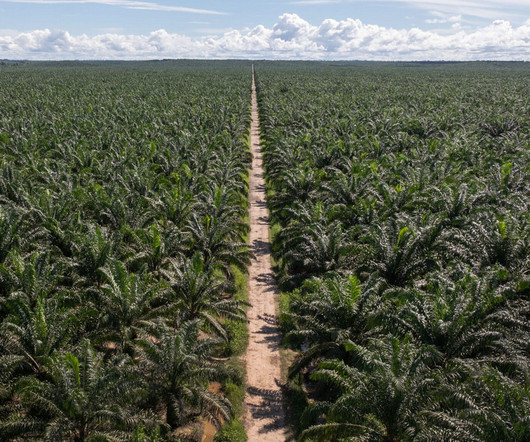Black Earth: A Family’s Journey from Enslavement to Reclamation
Civil Eats
DECEMBER 10, 2024
When the owner of the land where Byron was sharecropping died, he willed Byron at least 10 acres. When he was nine, he started trucking the tobacco, or driving the loaded tractor from the fields where the hands were harvesting the leaves up to the barns where they were flue cured. It really is modern-day sharecropping.










Let's personalize your content